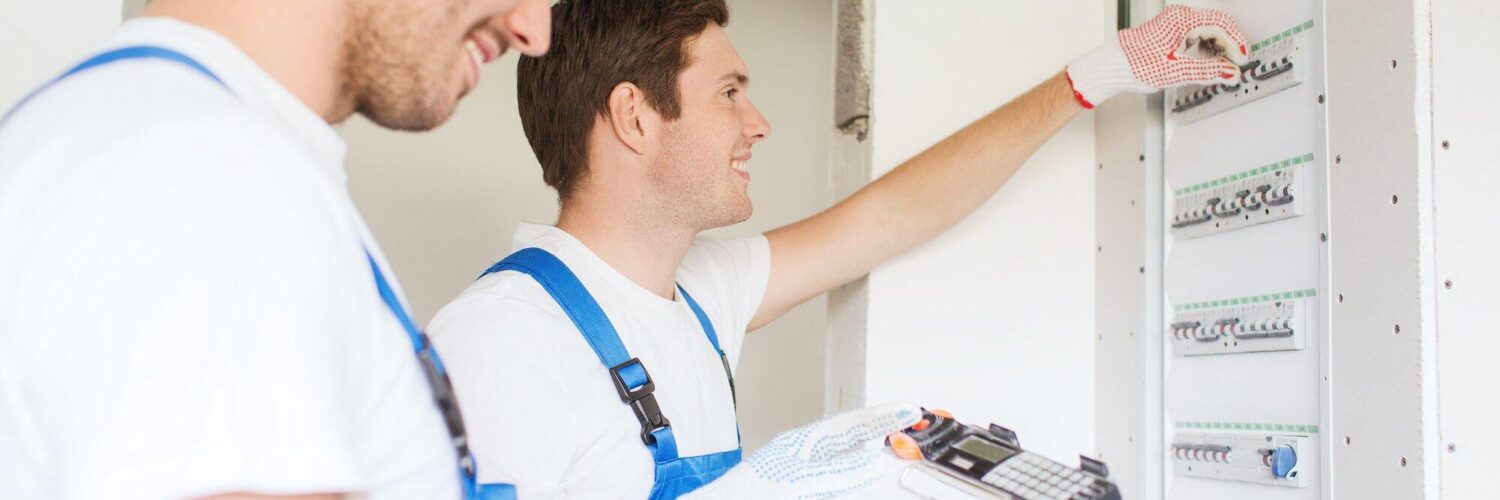Power distribution blocks are essential components in the field of electrical engineering. They act as an intermediary between a power source and the various devices.
These blocks provide a safe and efficient way to distribute power. This makes them crucial in both residential and commercial settings.
If you want to enhance your knowledge in the field of electrical engineering through the different types of power distribution blocks, this article is for you!
That’s what we’re going to explore in this content. So, read on!
Single-Pole Power Distribution Blocks
Single-pole power distribution blocks have a single input and output for distributing power. They are commonly used in residential settings to connect the main circuit breaker to individual branch circuits.
These blocks typically consist of multiple screw terminals or pressure plates. These terminals allow for easy installation of wires. Plus, they come in various sizes to accommodate different wire gauges.
Single-pole power distribution blocks are also useful in commercial settings. This is where a single source of power needs to be split into multiple circuits. They can handle high amperage and provide a safer alternative than daisy-chaining wires.
Double-Pole Power Distribution Blocks
Double-pole power distribution blocks have two inputs and outputs. Both of which are used for distributing multiple sources of power. They are commonly used in industrial settings. This is when heavy machinery or large equipment requires multiple power sources.
These blocks are designed to handle higher amperages. So, they can accommodate larger wire gauges. They also have additional safety features. This includes surge protection and short circuit prevention.
Fused Power Distribution Blocks
Fused power distribution blocks have built-in fuses that provide an extra layer of protection. They are typically used in high-voltage applications. Or, this is where there is a risk of overloading the circuit.
These blocks come with replaceable fuses. This allows for easy maintenance and prevents the need to replace the entire block in case of a fuse blowout. Moreover, they also have the added benefit of reducing downtime. This is especially true in case of an electrical fault.
Non-Fused Power Distribution Blocks
Non-fused power distribution blocks do not have built-in fuses. They are commonly used for low-voltage applications. They serve a similar function as fused blocks but at a lower cost.
These blocks are ideal for residential settings. This is when there is risk of overloading is minimal. However, they may not provide the same level of protection as fused blocks in industrial or commercial settings with high amperages.
Ground Power Distribution Blocks
Ground power distribution blocks are used to distribute ground wires. They provide a safe grounding connection for equipment. They can be single or double-pole and come in insulated or non-insulated options.
These blocks play a crucial role in preventing electrical shocks. It’s also helpful for protecting sensitive equipment from damage. They also help maintain the electrical integrity of the system.
There are also waterproof ground power distribution blocks available for outdoor use. Both a weatherproof and a water-resistant option are available. This depends on the level of protection needed. You’ll need these especially if you are concerned about weatherproofing.
Neutral Power Distribution Blocks
Neutral power distribution blocks are used to distribute neutral wires. They provide a common return path for electrical current. They are commonly used in three-phase systems to balance the load and prevent overloading.
These blocks also come in single or double-pole versions. They can accommodate various wire gauges. They are essential in maintaining a stable electricity supply and preventing damage to appliances.
Modular Power Distribution Blocks
Modular power distribution blocks are made up of individual modules. Such modules can be connected to create a custom distribution solution. They provide flexibility and convenience in terms of installation and maintenance.
These blocks are often used in complex electrical systems. This is where space is limited and there is a need for multiple connections. They also allow for easy expansion or modification. This can be possible without the need for extensive rewiring.
High-Current Power Distribution Blocks
High-current power distribution blocks are designed to handle large amounts of electrical current. They are commonly used in industrial settings where high amperages are required.
These blocks can accommodate multiple wires. They come with advanced safety features such as short circuit protection and thermal overload protection. They also have a longer lifespan due to their durable construction.
With high-current power distribution blocks, it is crucial to consider the appropriate wire gauge and load capacity. This helps to ensure safe and efficient operation. This is especially important when dealing with high-voltage applications.
Snap-On Power Distribution Blocks
Snap-on power distribution blocks are designed for easy and tool-free installation. They have a snap-on feature that allows for quick connections without the need for screws or tools.
These blocks are commonly used in residential settings. This is where there is a need to add or modify circuits frequently. They also provide a safer option as there is less risk of loose connections compared to traditional screw-based blocks.
Barrier Type Power Distribution Blocks
Barrier-type power distribution blocks have a built-in barrier. This helps prevent contact between wires that can cause short circuits. They are commonly used in high-voltage applications or where there is a risk of wire damage.
These blocks come in various shapes and sizes. The goal is to accommodate different wire gauges and can handle high amperages. They also provide a more organized and compact solution. This is when compared to traditional screw-based blocks.
This block functions by providing a physical barrier that prevents wires from touching. Thus, reducing the risk of electrical hazards. It also allows for easy identification and labeling of wires. This helps in improving overall safety.
As long as you source your distribution blocks from the right manufacturer like Duraline, a barrier type or any type you choose will provide the necessary support. Keep in mind that proper installation and regular maintenance are crucial. That way, you can ensure the safe and efficient functioning of power distribution blocks.
Discover the Different Types of Power Distribution Blocks
Power distribution blocks are essential components in the field of electrical engineering. They come in various types and have different functions. All these can depend on the application.
Each type serves a specific purpose and provides a safe and efficient way to distribute power. So, keep exploring and expanding your understanding of power distribution.
Should you wish to read more, visit our main blog page. We’ve got more posts for you!






Add comment